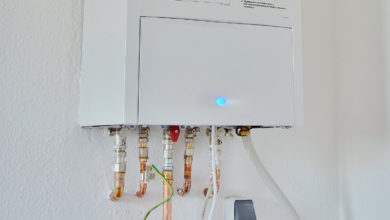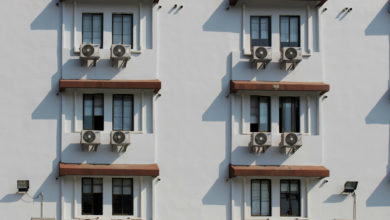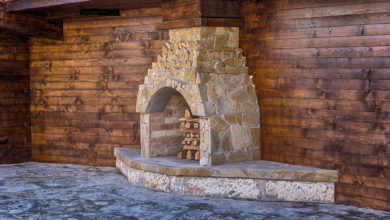Having a wood burning stove is a great thing for most homeowners as it can be used to easily provide a great amount of heat in either your home or garage. However, performing wood burning stove repair can be tricky and daunting for a lot of people while it’s also vital if you have an old wood stove. That’s why here we’ll cover some basic tips and advice for DIY wood stove repair.
Regular maintenance
Wood stove restoration is necessary every once in a while but to make sure you don’t need to do it every winter you’d do well to always maintain your wood stove in a good condition. This means cleaning it and its chimney regularly, as well as performing routine inspections to all its components to catch the different possible problems while they are still minor. It’s much easier to repair a problem if you catch it soon enough so don’t skip over this tip.
The wood stove’s grate
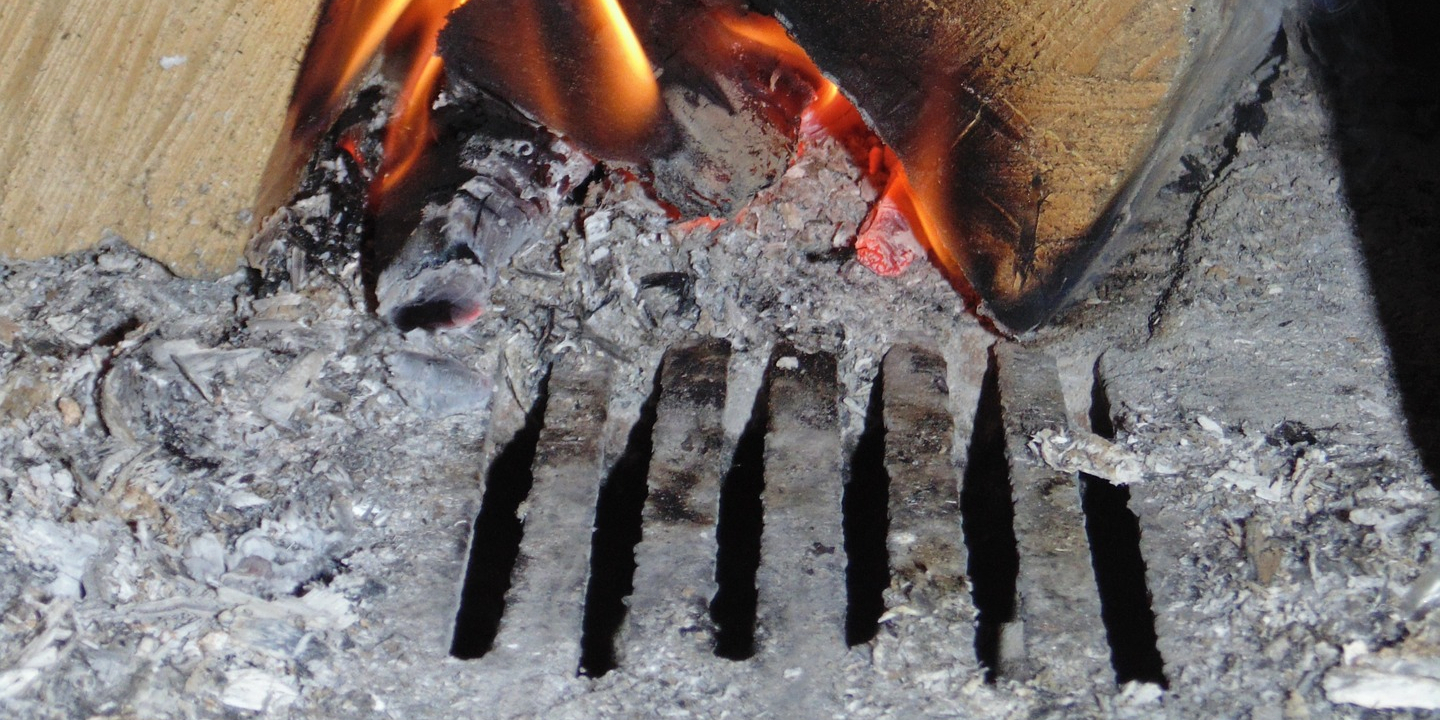
Damaged bricks
A lot of people ignore cracks and damage on their stoves’ bricks as they seem inconsequential – that’s definitely not the case. Most types of damage to the wood stove’s bricks can quickly result in damage to the other parts of the stove and both lower its performance as well as result in unnecessary risks.
The simplest and best thing you should do when you notice cracks or damage to individual bricks is replacing them. Make sure that the new bricks are of the same type as the original ones and that they are of a high enough quality. To get them in place you can use standard fire cement or the same compound that was used for the original bricks if you know what it is.
Fixing cracks with furnace cement
Another way to fix cracks in a wood stove is by using furnace cement on them. Here’s a step-by-step guide on how to do that:
- Turn off the stove and wait for it to cool down completely.
- Put a drop cloth or an old blanket on the floor under and next to the crack.
- Use a paint scraper to remove any flaking metal and rust particles from in and around the crack. You can also use a hard wire brush
- Wash the stove with a degreasing cleaner or simple soapy water. It’s important for the crack and the area around it to be completely clean if the furnace cement is to be effective.
- Stir the cement according to its instructions until it’s nice and creamy.
- Depending on the type and brand of the cement you might need to dampen the crack with a bit of water before applying the cement – if the instructions on the cement mention it, do so, if not – skip this step.
- Use a putty knife to scoop out the cement and apply a thin layer on top of the crack. Press the cement into the crack and pack it down.
- Apply a second, thicker layer of cement over the crack and smooth it down with the putty knife.
- Once the crack is sufficiently filled with cement, remove any excess cement from the surface of the stove with a piece of damp & clean cloth.
- Give the cement enough time to set – as much as the manufacturer has specified.
- Turn the stove on after the cement has set and dried sufficiently. Make sure the stove is on a low setting at first and start increasing the heat incrementally. After you’re done, the cement will have cured into a solid and uniform mass.
Gaps in the seals
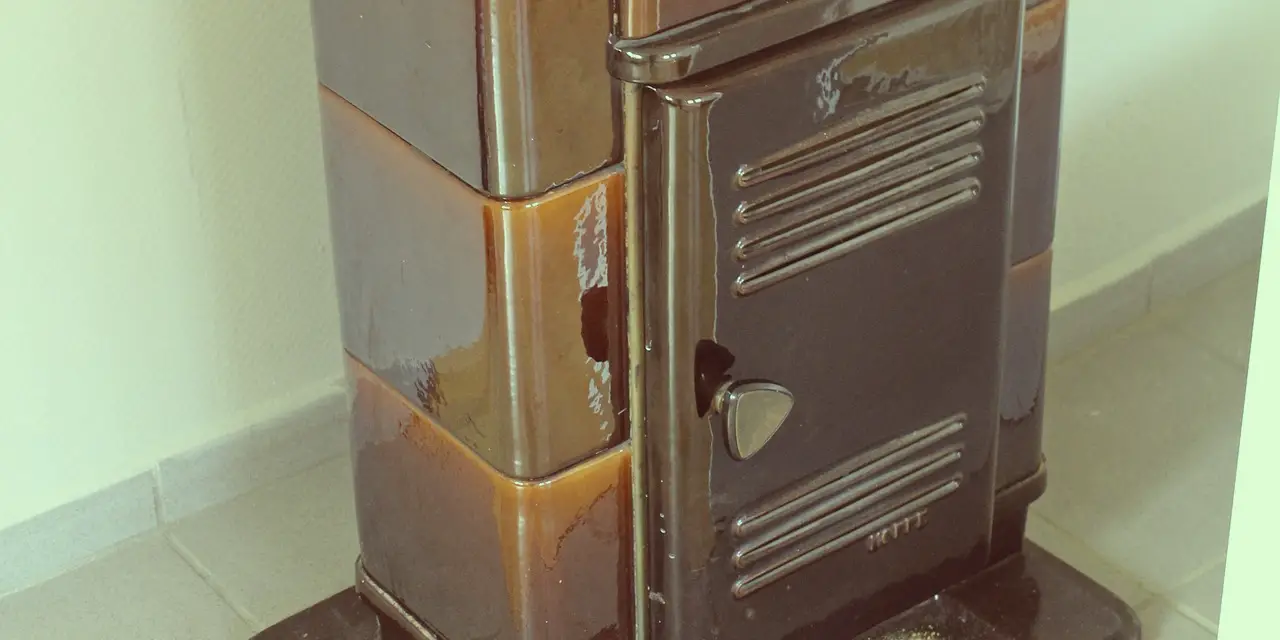
Clean any rust when you spot it
This can technically be viewed as a maintenance task but it’s very much vital for the well-being of your wood burning stove. If you spot any patches of rust on your stove during your routine inspections, it’s important to scrub them off as thoroughly as possible with sandpaper or a wire brush. Rust buildup can quickly create very serious problems that may require you to replace entire parts of your stove or the whole stove at once.
After you’ve scrubbed the rust patches remember to cover them with heat-resistant paint or polish that matches the rest of the stove. This is not just important in terms of style but to prevent future rust buildup as well.

